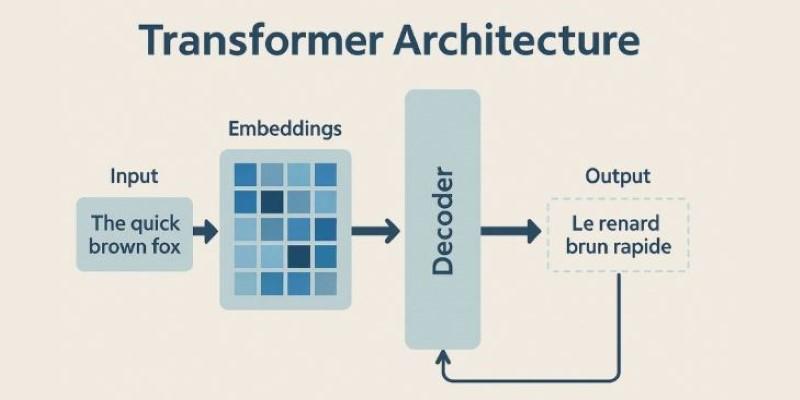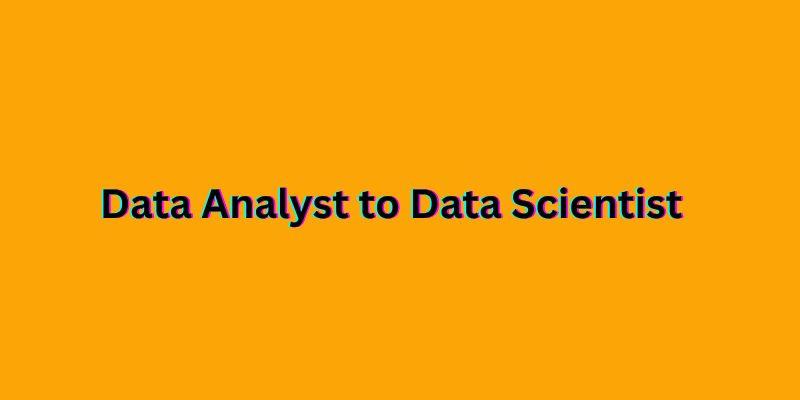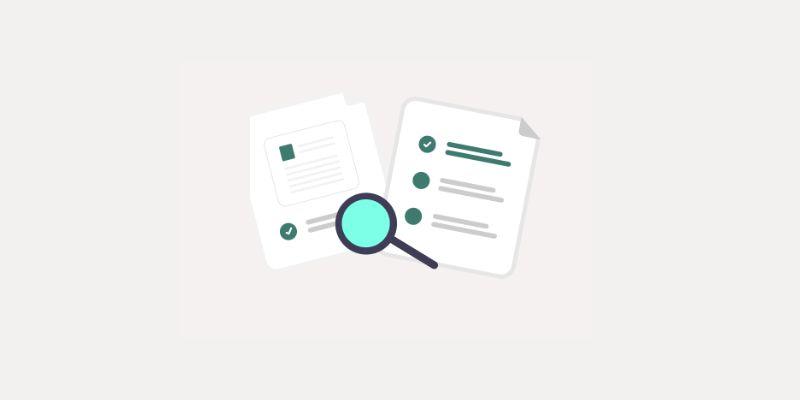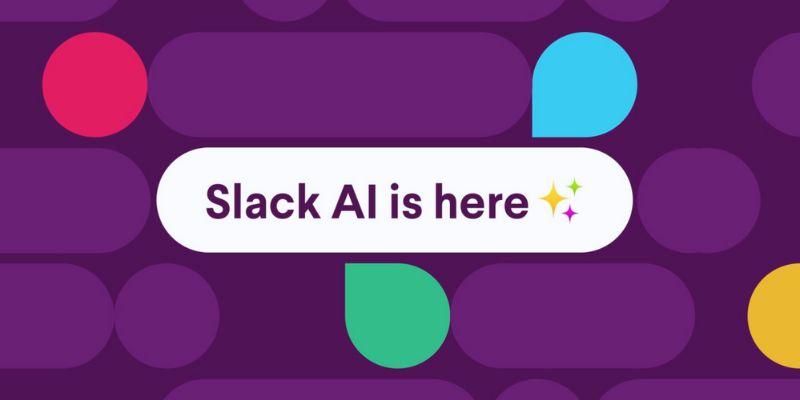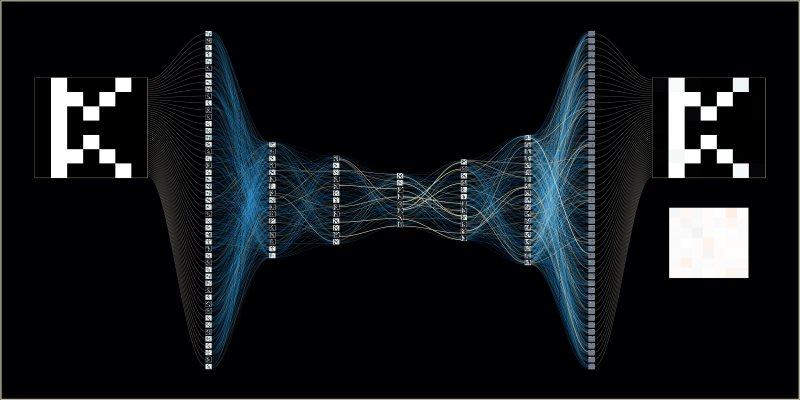Data science is growing faster than ever due to the rise in machine learning, AI, and big data. Many data analysts wish to transition their careers to data science, which is a wise decision in terms of career growth and earning potential. However, it requires the right strategy, in-depth knowledge, and specialized skills.
As data science is the extension of data analysis, you won’t have to learn a whole new world of data science from scratch. Though you will have to learn new skills, you will also get more advanced in the skills you have already learned. In this article, you will learn about the differences and similarities between the two fields, the skills you need to learn to develop in data science, and how you can learn those skills.

What Is The Difference Between A Data Analyst And A Data Scientist?
In simple words, the term data science encompasses a broader spectrum, which includes data analysis as well. Both can be used to make predictions or draw conclusions based on the collected data. The two fields differ in the method for analyzing data, tool usage, and training. Data analysts use structured data and focus on more general statistical analysis to make business decisions. A data analyst's primary focus is on mathematics and statistics, which is why they are often found in research departments. They can build up the databases and analyze the dataset. By doing so, they can shift data from the collection stage to the visualization stage. Their role mainly revolves around understanding the historical data and finding answers to what happened and why. They share insights about the datasets.
On the other hand, data scientists are more focused on creating models and programs for datasets. Their foundation is based on predictive modeling and automated decision-making. Data scientists also analyze the datasets; however, they use those insights for forecasting or making predictions. Data scientists possess a higher level of knowledge because they cannot only analyze data but also utilize it to code and create programs, which they can apply in the future. As data analysts are more business decision-focused, they will primarily use tools such as Excel, SQL, Python, Statistics, and Tableau. Data scientists can perform all these tasks as data analysts, along with advanced skills in machine learning, cloud systems, software engineering, Python, and predictive analytics.

What Skills Are Needed For The Transition?
Now that you have learned the differences and decided to make a switch, the following are the skills you need to develop:
Programming/Coding
Making the move to data science requires in-depth knowledge of automation and building models. Suppose you are already using Python and SQL on a fundamental level as a data analyst. In that case, you only need to level up in these tools and learn more advanced functions. For example, you will need to learn things like OOP fundamentals, unit tests, writing modular, maintainable code, and performance optimization in Python. You will have to learn machine learning models such as Tensorflow, scikit-learn, and PyTorch.
Machine Learning and AI Fundamentals
Machine learning is the heart of data science, so make yourself comfortable with it. You will need to learn ML fundamentals such as:
- Deep learning basics
- Model evaluation and validation
- Supervised learning, such as classification, linear regression, logistic regression, etc.
- Unsupervised learning, such as dimensionality reduction and clustering
- Learn how to work with APIs as well
Mathematics And Statistics
As a data analyst, you should already know math and statistics. But to be a data scientist, you must have more knowledge about multivariable calculus and linear algebra. You need to learn this to understand machine learning algorithms. A basic understanding of the chain and product rules is also required. If you are not a math person, don't worry; you don't need to be a math expert. Just having enough knowledge to understand a machine learning algorithm is sufficient. You will also need to learn about hypothesis testing and probability theory for experimental design. In statistics, you will need to learn about regression and distribution techniques, as well as some experience in inference.
Big Data & Data Engineering Concepts
To efficiently build automated pipelines and work with large-scale datasets, your primary focus should be on utilizing cloud computing platforms such as AWS, Azure, and GCP. Particularly, AWS services such as SageMaker and S3. You'll also need to focus on developing data pipelines using tools like Airflow. As your focus shifts more towards machine learning, you'll need to learn about basic system design principles to enhance your solutions.
How To Learn The Required Skills?
You can learn these skills in the following ways:
- Self-Study: One of the most cost-effective and efficient ways to learn is to study independently. The key is to choose the right resources and practice. Start with DeepLearning.AI (Mathematics for Machine Learning and Data Science specialization). After that, take the free course Stanford Machine Learning Specialization. Then, from DeepLearning.AI, study “Deep Learning Specialization”. Books that you can read for self-study include “Practical Statistics for Data Scientists”, Hands-On Machine Learning with Scikit-Learn, Keras, and TensorFlow and Software Engineering for Data Scientists. You can also discover multiple books that may provide all the required knowledge.
- Bootcamps: Here, you can complete your learning in 3-6 months, and the plan is laid out for you, so you don't have to spend time figuring it out. Their main focus is on coding, real-world projects, and tools such as SQL, Python, and machine learning libraries. You can also get community support. Do your research before joining, as the quality of service may vary. You can also pursue a degree, learn on the job, or receive mentorship from experienced professionals already working in the field.
Conclusion
Before you make a decision, understand the difference between data analysis and data science. The difference lies in the way data is processed and conclusions are drawn. The tools used are the same, but can also vary based on the processing and analysis of the collected data. If you have decided to make the switch from data analysis to data science, then buckle up and begin the transition. You will need to learn advanced mathematics, Python, SQL, and other relevant skills. The transition is not going to happen overnight; it requires effort and learning new, more advanced skills. You can self-study, get a degree, or follow a mentor's instructions to learn.
